In the wake of the Web3 frenzy, here is a list of 10 Web3 applications you should know about.
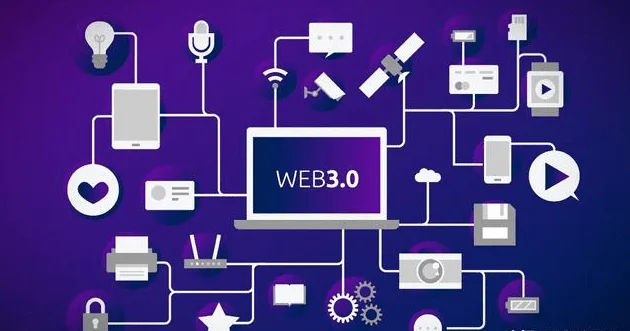
What exactly is Web 3?
Web 3.0 is the third version of the Internet and is a step forward from the existing Web 2.0 version. The third generation of the internet will be more transparent and decentralized and feature vast amounts of content available to everyone.
Web3 is a concept for a third generation of the internet that is still in development. It comes after Web 1.0, which relied on traditional websites filled with commercial content, and Web 2.0, which saw the debut and rise of social media.
Although Web 2.0 gave the average person more ability to produce and even profit from, any such plans still required the involvement of a Big Tech company like YouTube (owned by Google), Facebook, Twitter, or any of the major social networks that influencers and individuals rely on to reach their audiences.
Web3 proponents argue that by entirely decentralizing the web, they can cut out the Big Tech intermediaries, much like Bitcoin aims to seize control of global money from huge financial organizations and governments. The parallels don’t stop there. Web3 is likewise built around blockchain technology, much like cryptocurrency.
Why web3?
The goal of Web 3.0 is to create a more open and equitable network in which anybody may participate without fear of losing their privacy or security.
Users offer personal and confidential data to the firms that govern these platforms by creating content, which is one of the biggest drawbacks of web2. Web3 will be a superior alternative to the internet as we know it today because of a few more features, such as:
• Interoperability: One of the primary elements of Web 3.0 is interoperability. With a decentralized network, it will be easier for applications to work across different devices and platforms, such as televisions, cell phones, smart roadways, etc. Web 3.0 apps will also be simple to create for developers.
• Self-governing: Web 3.0 does not require the control of a single entity. Larger corporations may no longer have complete control over the internet. As a result, decentralized apps, also known as dApps, cannot be filtered or limited.
• Permissionless: Anyone can create a blockchain address and interact with it. It’s impossible to overestimate the power of being able to access permissionless blockchains.
Users will not be limited by wealth, location, sexual orientation, gender, or other demographic and societal criteria. Digital assets and wealth may be transferred rapidly and efficiently across borders and worldwide.
• Secure Network: The characteristics of Web 3.0 will be more secure than its predecessors. Two elements, namely distributed nature, and decentralization, make this possible.
Hackers and exploiters will have a hard time breaking into the network. Each of their operations can also be traced and retracted within the network if they can do so.
• Data Ownership: End-users will recover their data’s entire ownership and management while benefiting from encryption security.
Information could then be supplied with permission/need or on a case-by-case basis. Large corporations like Facebook and Amazon now have many servers keeping personal information such as income, interests, dietary preferences, credit cards, etc.
These data aren’t just collected to improve their services; they’re sold to advertisers and marketers who spend billions of dollars each year for them.
• Ubiquity: Content is accessible through many apps, every device is connected to the internet, and services may be accessed from anywhere.
Top ten Web 3 applications in 2022
Browsers, gaming, remote work, advertising, social media, messaging, dating, banking, and logistics are just a few available apps.
- Sapien
- Everledger
- LBRY
- Storj
- Ethlance
- Brave Browser
- ySign
- Beaker Browser
- Livepeer
- Sola
Sapien
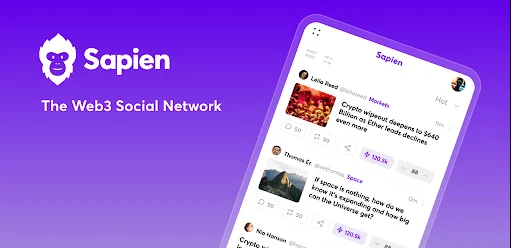
Sapien is a one-of-a-kind example of Web 3.0. It’s a decentralized social news site powered by the Ethereum blockchain. It’s also incredibly configurable.
Regarding social news, it’s a good alternative to Google or Facebook. It will allow users to construct their own apps without needing payment or advertisements. Sapien’s platform gives users the tools to build and launch apps quickly.
Sapien is a blockchain-based Web 3 platform that provides apps, services, and technology. Through a collection of self-sovereign tools, it enables users to interact, transact, share information, and form communities. Sapien Web 3 was established to provide a freeway for everyone to arrange their online lives.
Everledger
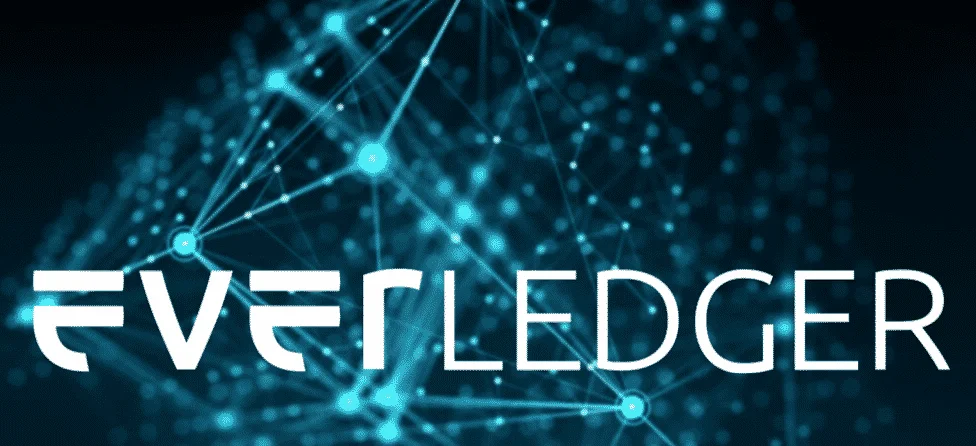
Everledger is a distributed digital global registry that strives to offer each user a unique record. Users can keep data in the cloud and access it whenever they want. It safeguards users, banks, open markets, and insurance from fraud.
This business keeps track of diamonds, wine, gold, and other valuables. Everledger keeps track of where and how an item was utilized from when it was logged in to when it was logged out of the global supply chain. Consumers can use Everledger to safeguard their purchases by scanning the Everledger sticker.
This is a significant step forward in internet security because it guards against fraud without using difficult passwords or personal data.
In addition, the company has a patent filed on an RFID chip that will allow users to retrieve objects via an app, which would be extremely useful for people who frequently misplace their keys or smartphones.
LBRY
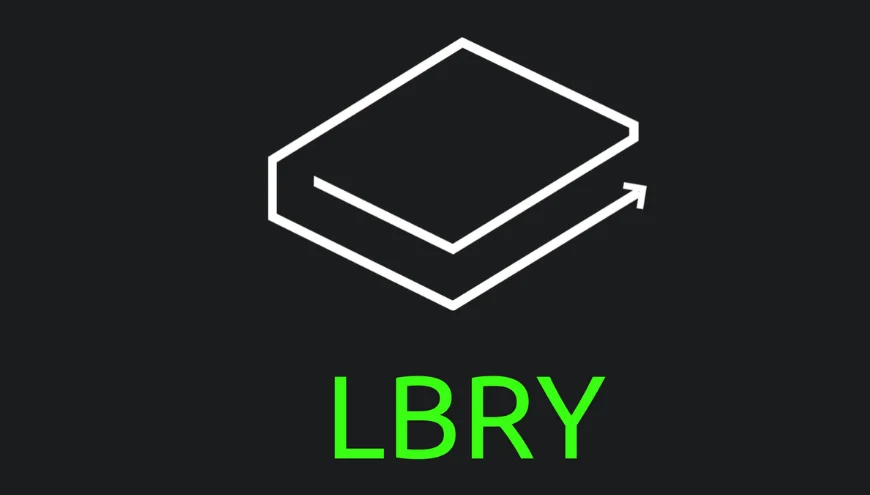
LBRY is a decentralized file-sharing and payment network based on the blockchain that powers social networks and video platforms.
LBRY is a decentralized digital library that houses a variety of content types. You may read, watch, and play on the site as a user. It appears to be one of the earliest Web 3.0 projects, supporting books, music, and movies.
Storj
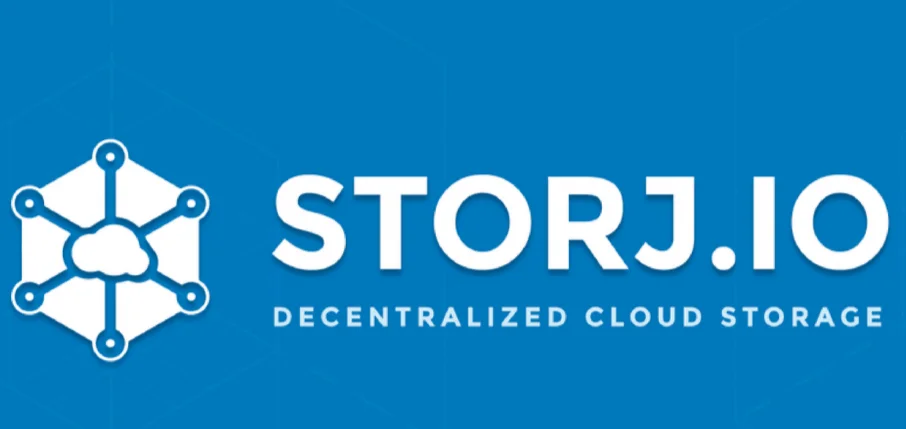
Storj is a decentralized storage solution that securely stores users’ data in a redundant and fault-tolerant manner. One of the most popular decentralized storage systems is Storj. It’s also one of the most historic. Anyone can store data with Storj.
It uses blockchain technology and provides many of the same advantages of cloud storage but on a more dispersed network. One of Storj’s benefits is unlimited uploading and downloading at any time. It’s also free to use and open-source.
Anyone can get started with it with only a single click. Users are central to the payment mechanism since they can pay as they go.
The Storj coin powers the Storj platform. Users can set an expiration date for their data on Storj, making it “self-destructive” in some ways. While this is a relatively new technology, some prominent names in the industry have already teamed with Storj to integrate their solution, including Dropbox and Comcast.
Ethlance
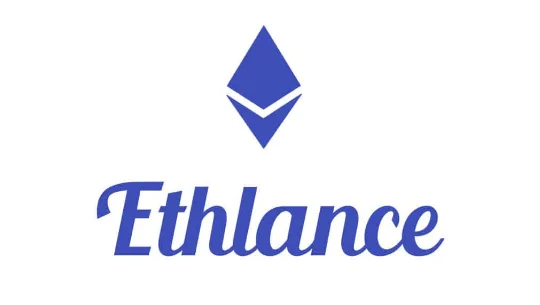
Ethlance is an online platform that allows people to apply for employment and was created as a result of blockchain technology. The website connects job seekers with employers who will finish locating a suitable employee.
It also opens up doors for freelancers they might not have had before, breaking down boundaries between companies and freelancers. Ethlance is a decentralized platform that connects freelancers and employers.
It is the world’s first decentralized talent marketplace, assisting professionals in lowering expenses and increasing revenues. Freelancers have complete control over their work, and artists and content creators can earn more than they could anywhere else. All payments are processed in ETH, making it simple to connect with clients worldwide.
Brave Browser
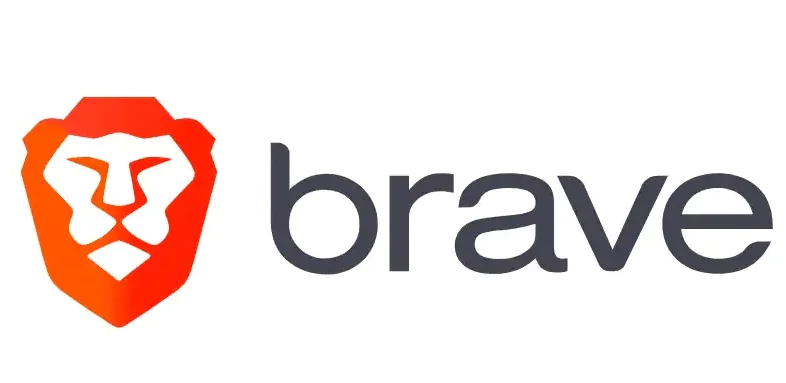
Brave Browser is a new browser that promises to bring ad-blocking and privacy features previously only available on the desktop to mobile devices.
Brave Browser is a quicker and safer alternative to popular browsers developed by the Mozilla Foundation. It has been dubbed “the most secure browser ever developed” due to its security.
The Brave Browser is a new open-source browser that promises to preserve users’ privacy utilizing blockchain technology by blocking unwanted advertising and trackers.
It also has anti-crypto jacking features, allowing users to support their favorite websites without exceeding their data limit. It also gives consumers the option of selling their data for cryptocurrency.
ySign
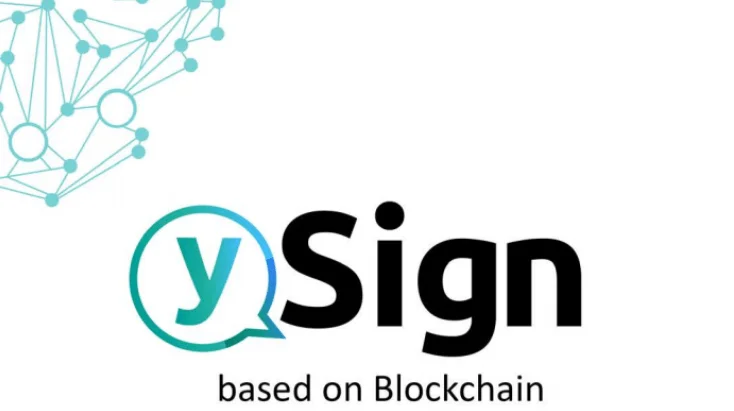
ySign is another communication messenger that is an excellent example of Web 3.0. With its solution, it is poised to transform the world of messengers.
ySign does not function on a single server but rather on the power of thousands of computers worldwide, known as nodes, in the Energy Ecosystem. ySign is resistant to data exploitation and a single point of failure because of the advantages of blockchain technology.
ySign is a blockchain-based decentralized messaging app with perfect privacy, anonymity, and an integrated crypto wallet. There is no central server on which personal data could be stored or exploited.
Beaker Browser
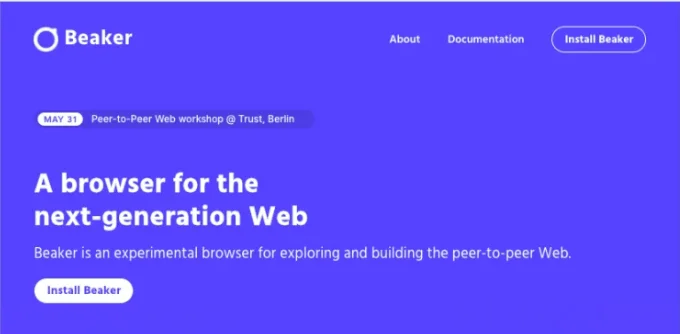
Blue Link Labs is actively developing the Beaker browser, a free and open-source web browser. Beaker Browser is a peer-to-peer web browser that allows users to publish websites and web apps directly from the browser, eliminating the need to set up and maintain a separate web server or host their content on a third-party server.
It’s a community where anyone can join, share, and boost their apps. It’s also a creative tool that everyone may experiment with. It’s a browser that runs on the Web 3.0 standard.
Livepeer
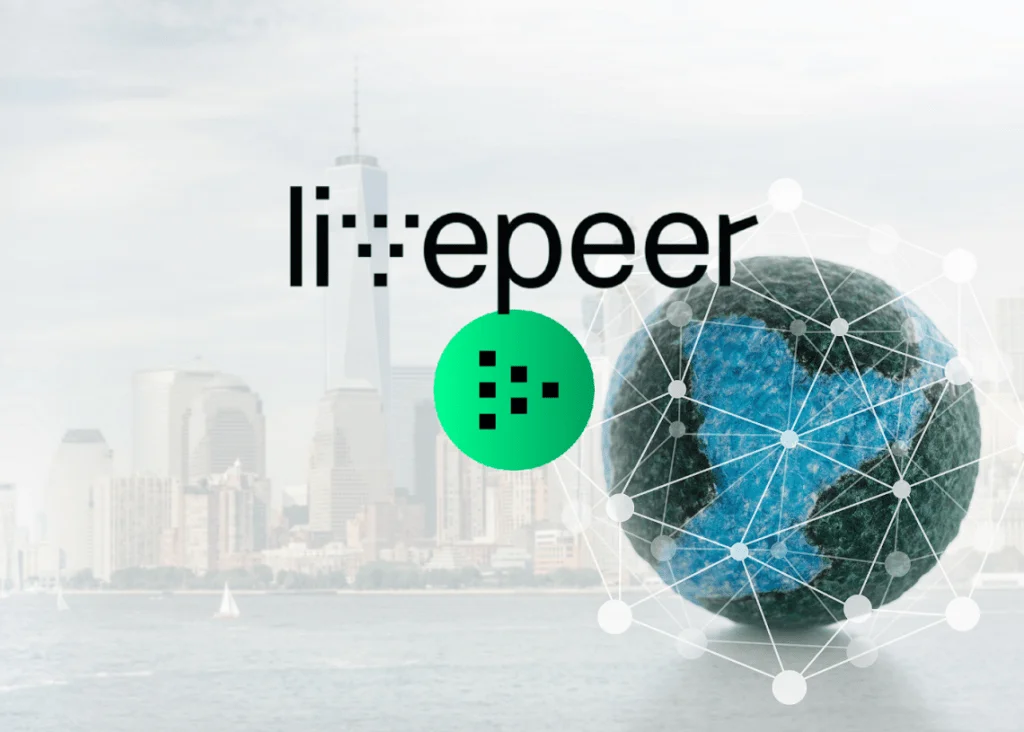
It is a decentralized peer-to-peer video streaming platform that Ethereum powers. It offers an open-source streaming service to create a Web 3.0 streaming stack.
LivePeer is a real-time communication tool that connects two people. It also allows users to watch streaming videos and capture screencasts of their computer, which they may save as GIFs or download as video files.
LivePeer allows you to transmit live streaming video from your phone directly to the platform, which has several advantages for these apps. The first advantage is that it allows you to increase your revenue by selling advertising space in your stream.
Sola
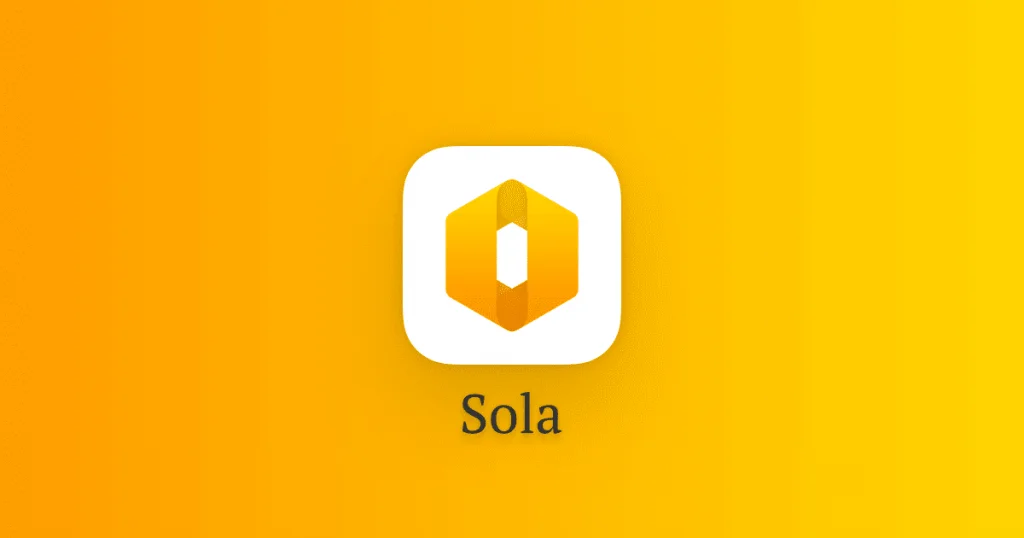
Sola is a decentralized social platform that uses distributed nodes, IPFS, and the Ethereum blockchain to power it. Sola creates a combination of social networks and media using blockchain artificial intelligence.
With A.I. algorithms, it disseminates useful information to readers based on their preferences. Users get what they desire, a high-quality material, in this way.
Rather than just another social media platform, Sola aspires to create an environment where all users are treated equally and have a greater voice than on traditional social media, where influencers and advertisers have an unfair monopoly.
Sola employs an advanced neural learning network dubbed Neutral AI to optimize the sharing process of Sola cards, rather than relying just on user reaction to distribute postings. The platform’s most compelling feature is the chance to earn real money by generating and sharing content.
